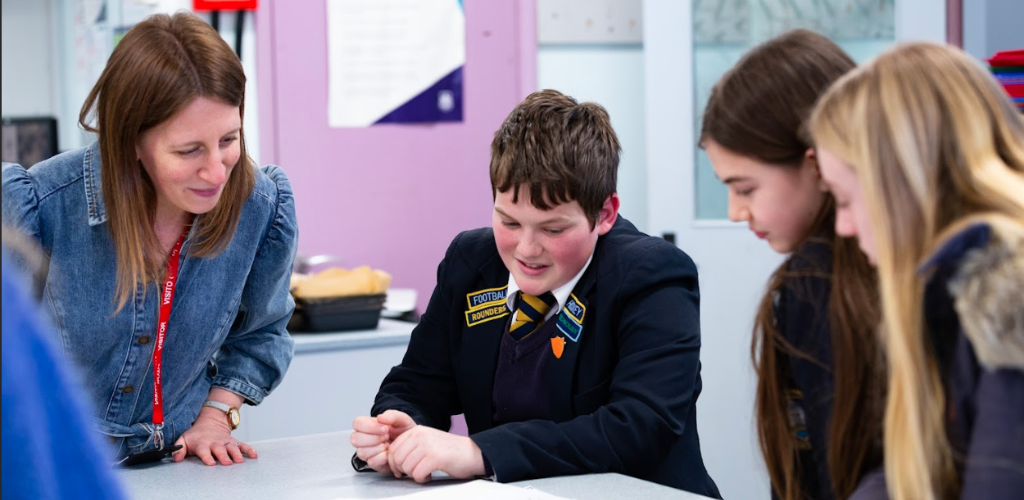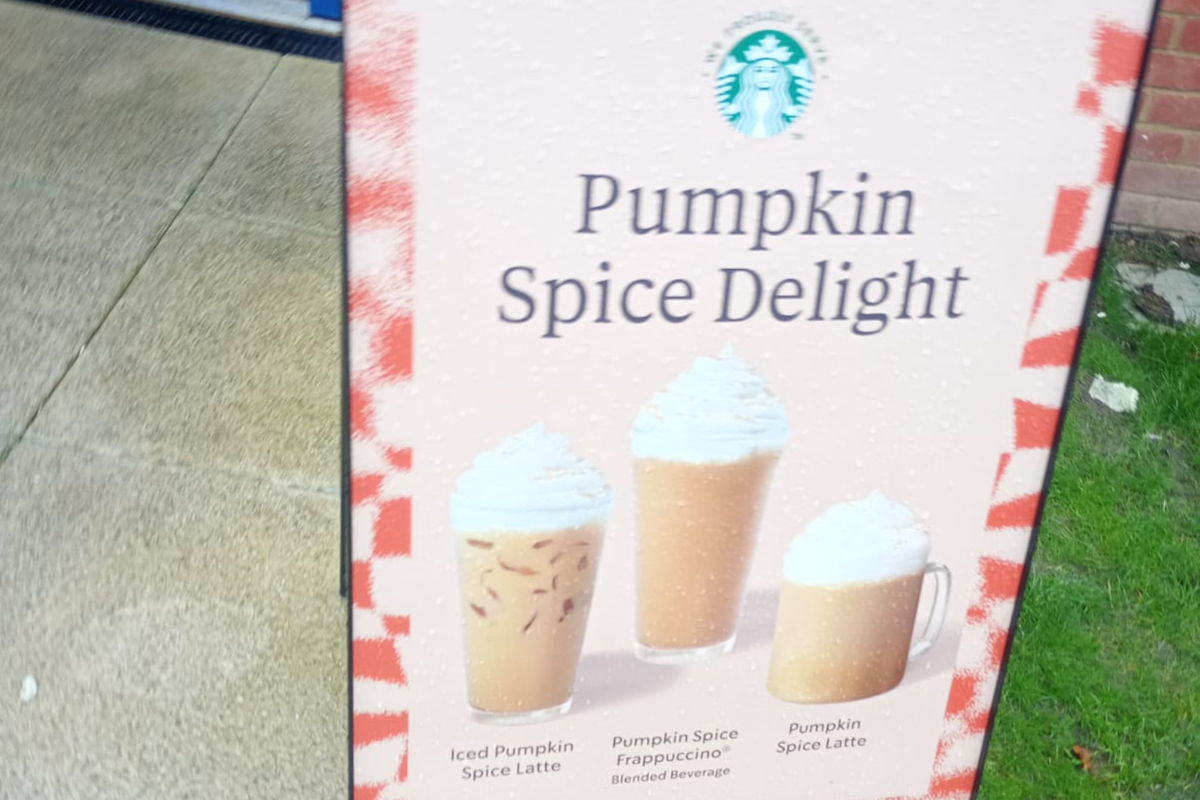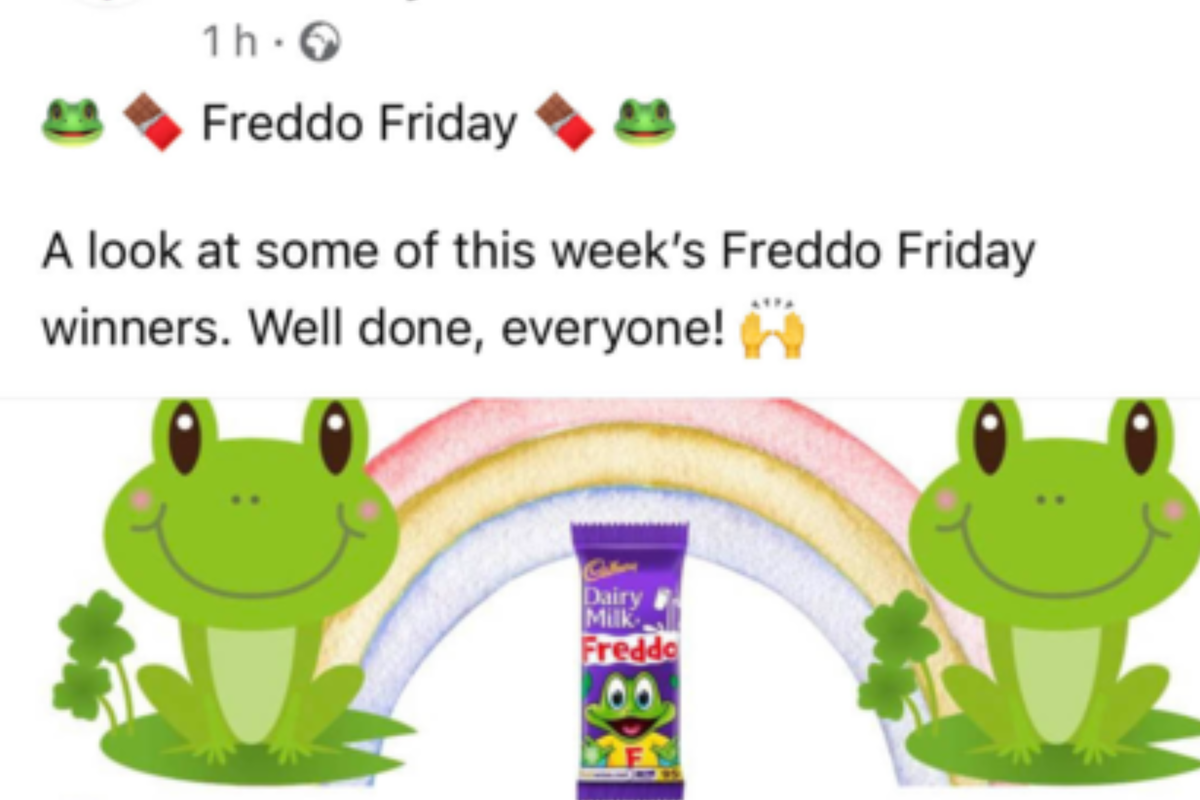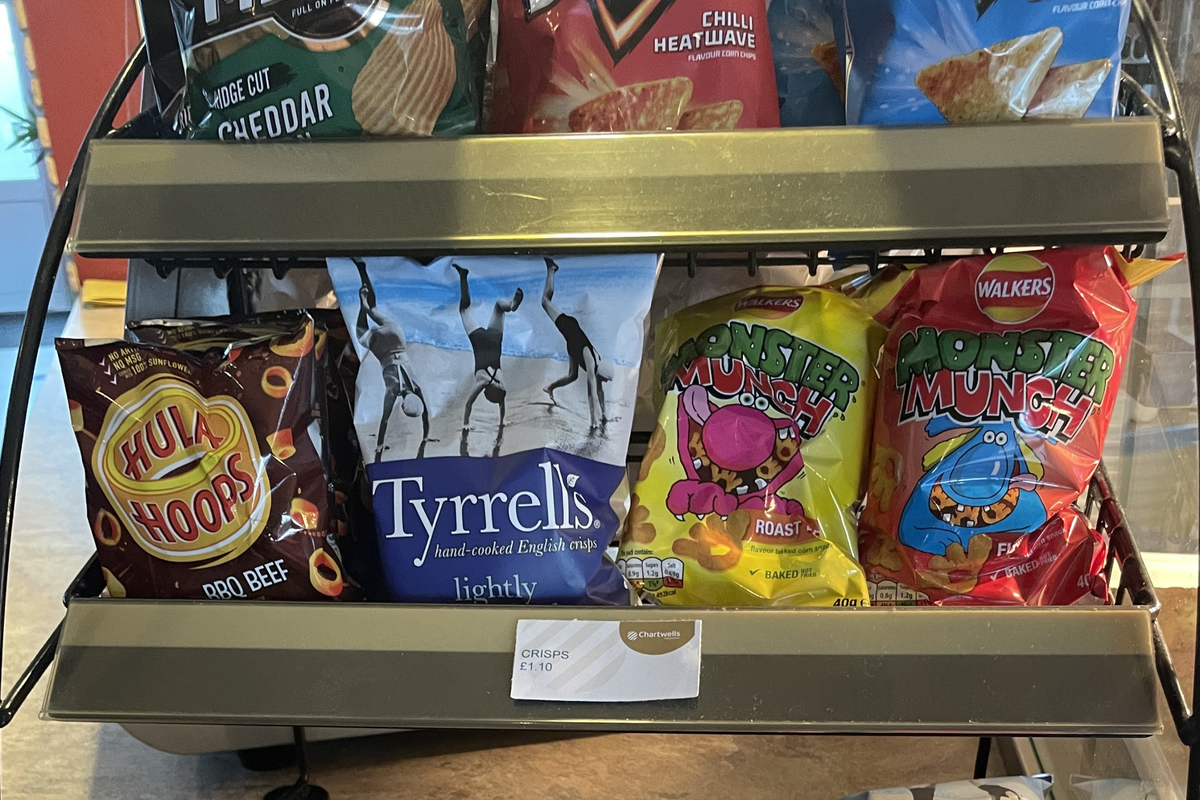Big Food is in Our Schools

Our latest investigation reveals how Big Food uses tactics like branded school trips and doughnut-filled fundraisers to target young people in schools.
Healthy food should be the default option for children in school, so they can thrive in the classroom and into the future. But all too often, that’s not the case.
Our latest investigation has found that Big Food companies have established a bold presence in our schools. They target young people, building an affinity with them as they go through their education [1].
And we’ve also heard this firsthand from our own activists. Back in 2021, Bite Back’s campaigners shared their experiences, indicating that unhealthy snacks and confectionery products from Big Food brands were on offer in schools.
Four years on, not only has nothing changed, but the problem has worsened.
Big Food brands are infiltrating schools and sixth form colleges to market and sell their unhealthy products to young people — dubbed by the British Medical Journal as ‘stealth marketing’ [2].
Why This Matters
Children spend 190 days a year at school — that’s over half their time! The Government says it wants to create the “healthiest generation of children ever”. Where better to start than in schools?
Our Findings
This investigation provides a snapshot of how Big Food companies are targeting young people through schools, identifying five shocking tactics:

Tactic 1: Big Food uses schools as a venue for branding
School equipment and facilities are being used for branding, including branded school menus, and on-site outlets like Starbucks and Costa Coffee.
This photo shows a Starbucks outlet at a sixth-form college, selling drinks such as the Pumpkin Spice Coffee Frappuccino, which contains a whopping 48g, or 12 teaspoons, of sugar!

Tactic 2: Big Food sponsors curriculum materials
Corporate-produced teaching materials are being used in classrooms, and confectionery companies are running in-school workshops and pupil competitions.
School caterer ISS partnered with Innocent Drinks (owned by CocaCola) on the ‘Big Grow’ initiative in 2020 — providing lesson plans and activity sheets to teach children about gardening.

Tactic 3: Big Food hosts school trips
School children are invited on trips to food outlets and factories.
“Cadbury World was one of my favourite places when I was younger. I know most of my friends went on trips when they were in school, and then I also went with my school. They made sure we learnt about Cadbury and included Birmingham history in it, to show young people that it is a massive part of Birmingham."— Harrison, 18

Tactic 4: Big Food taking over fundraisers and rewards
Schools receive products, such as Krispy Kreme doughnuts, at reduced cost for school fundraising events. A Krispy Kreme doughnut contains 12g of sugar — that’s half the maximum recommended intake of sugar for children aged 7 to 10.
Some primary and secondary schools use ‘Freddo Fridays’ to encourage and reward students for anything from remembering to bring their laptop to class, to recognising the week’s star pupils.

Tactic 5: Big Food sells unhealthy products in schools
Unhealthy branded food and drink are being sold in canteens, shops and vending machines in secondary schools, sixth-forms and colleges.
On the website of wholesale supplier Brakes, PepsiCo puts Walkers crisps in the spotlight as “the #1 crisps brand in education.” Bite Back’s previous investigation found that 68% of PepsiCo’s sales were from HFSS products in 2022.
Time For Change
In June, the Government announced plans to update the School Food Standards — the rules in place to make sure school food is healthy. Now is the time to give schools the support they need to reduce Big Food’s influence in schools.
If the Government gets it right, this change will go a long way to address the issues identified in our investigation.
But change that impacts young people, needs to include young people. We’ll be making lots of noise over the coming months to make sure the Government listens to young people.
Stay up to date with us by signing up for our emails!

Join The Movement
[1] Read more in our full report: School Food: An investigation into Big Food in schools
[2] Wilkinson, E. (2024). Food industry has infiltrated UK children’s education: stealth marketing exposed: BMJ, q2661–q2661.